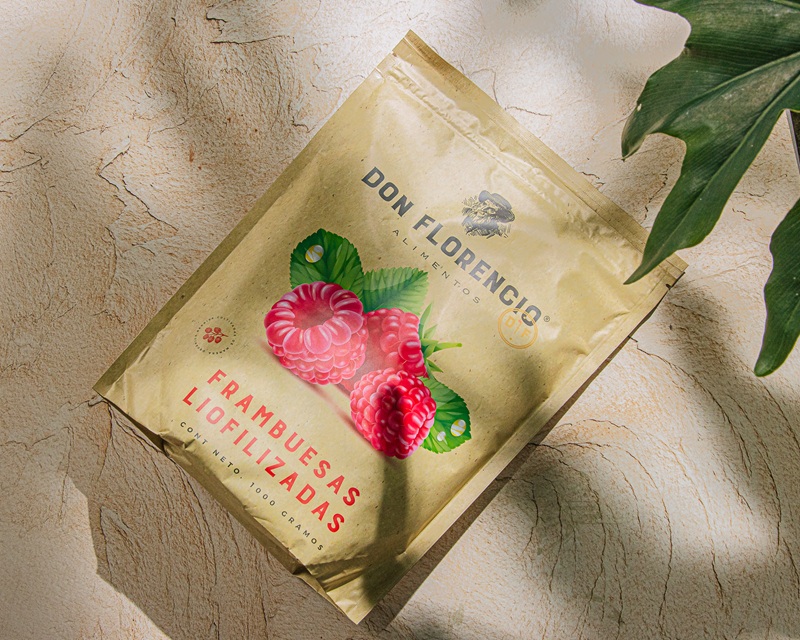Table of Contents
Mexico’s agricultural sector is distinguished by its rich history, diverse climate, and global influence. This article explores the evolution of the major crops of Mexico, highlights the leading crops in 2025, and analyzes technological, environmental, and trends shaping the sector today.
History and Modern Context: Major Crops of Mexico
Mesoamerican Period
Agriculture in Mexico has deep roots dating back to ancient Mesoamerican civilizations such as the Olmecs, Mayas, and Aztecs. These societies developed domestication techniques for staple crops like maize (corn), beans, squash, tomatoes, and chili peppers. The system known as “milpa”—intercropping maize, beans, and squash—optimized nutrient use and remains foundational in Mexican farming today. Sophisticated practices, including irrigation, terracing, and artificial islands (chinampas), were already in use, supporting both food security and biodiversity.

Colonial Period
The arrival of the Spanish in the 16th century transformed Mexican agriculture by introducing livestock and European crops such as wheat, sugarcane, grapes, and citrus fruits. Large plantations known as haciendas cultivated crops for domestic markets and export, often relying on indigenous or African slave labor. These centuries saw an exchange of agricultural techniques and crops that permanently shaped what is grown in Mexico today.

Land Reform and Green Revolution
In the 20th century, land reform redistributed large estates to smallholder farmers, stimulating diverse, small-scale production. The “Green Revolution” of the mid-1900s brought modern seeds, chemical fertilizers, and new irrigation techniques, boosting yields for crops like wheat and maize—particularly in the north. However, these advances also presented new environmental and social challenges.
Major Crops of Mexico
Maize (Corn)
Corn stands as the heart of Mexican agriculture and cuisine. Both white (for food) and yellow (for feed and industry) maize dominate landscapes, with primary production in Sinaloa, Jalisco, and Chiapas states. Technological improvements and crop rotations maintain soil fertility and productivity.

Beans
Black, pinto, and other beans are vital protein sources and are deeply integrated into Mexican diets. Grown in most states, beans are commonly cultivated in rotation with maize and wheat, reinforcing sustainable agriculture.

Wheat
Wheat is a staple in northern states like Sonora and Baja California, employing advanced irrigation and precision agriculture to achieve high yields. Mexico’s bread wheat supports both domestic consumption and exports.

Avocados
Avocados—often called “green gold”—make Mexico the world’s leading producer and exporter, especially from regions like Michoacan and Jalisco. Their cultivation is increasingly adopting water-saving and carbon-footprint monitoring practices to achieve sustainable growth.

Berries
Mexico has rapidly become a powerhouse in berry production, including strawberries, raspberries, blueberries, and blackberries. States such as Michoacán and Baja California specialize in these high-value crops, leveraging controlled-environment agriculture and smart irrigation for quality and export consistency.

Tomatoes
Both a national and export staple, tomatoes flourish under high-tech greenhouse systems and integrated pest management. They are among the top products shipped to the United States, Canada, and Europe.

Peppers
A cornerstone of Mexican cuisine, peppers are grown across the country and used in countless culinary traditions. Climate and soil diversity allow year-round production.

Other Significant Crops
Other crops of major significance include coffee (Chiapas, Veracruz, Oaxaca), sugarcane (Veracruz, Jalisco, San Luis Potosi), limes, papaya, mango, lemons, and tropical fruits. Mexico also produces blue agave (for tequila), bananas, among others, underscoring the diversity of its agricultural landscape.

Agriculture Insights and Trends: Major Crops of Mexico
Foundations and Technology Adoption
Modern Mexican agriculture blends traditional practices with cutting-edge innovation. From milpa intercropping to digital precision farming, farmers utilize remote sensing, apps, and smart irrigation systems to improve yields and reduce environmental impact. Adoption of sustainable irrigation increased by 30% from 2020 to 2025, reflecting the push towards climate-resilient farming.

Export Trends and Global Markets
Mexico remains a global export leader for avocados, tomatoes, berries, peppers, coffee, and sugarcane. Agreements such as the USMCA (United States-Mexico-Canada Agreement) and new traceability technologies continue to expand market access, especially to the U.S., Canada, Europe, and Asia.
Technological Innovations
Key trends include widespread use of satellite imagery, GPS-driven fleet and farm management, IoT sensors for water and nutrient delivery, and AI-powered pest prediction. Blockchain traceability ensures product authenticity and supply chain transparency for export markets.

Leading Regions and Land Use
Mexico’s diverse environments foster regional specialization:
- Sinaloa & Jalisco: Irrigated corn, grains, and vegetables.
- Michoacan & Jalisco: Avocados and berries.
- Sonora & Baja California: Wheat and vegetables.
- Chiapas & Veracruz: Coffee and tropical fruits.
Smallholder farms remain crucial for food security, while large-scale producers drive export growth.
